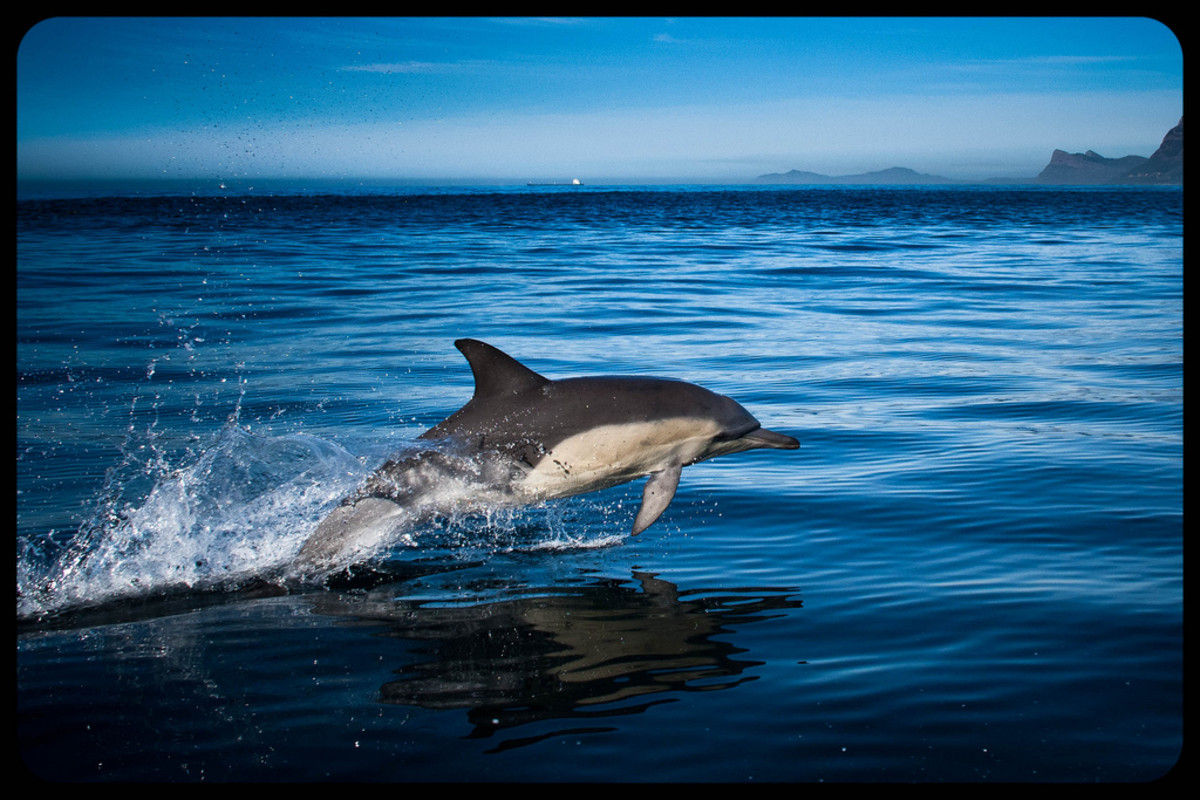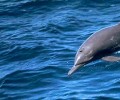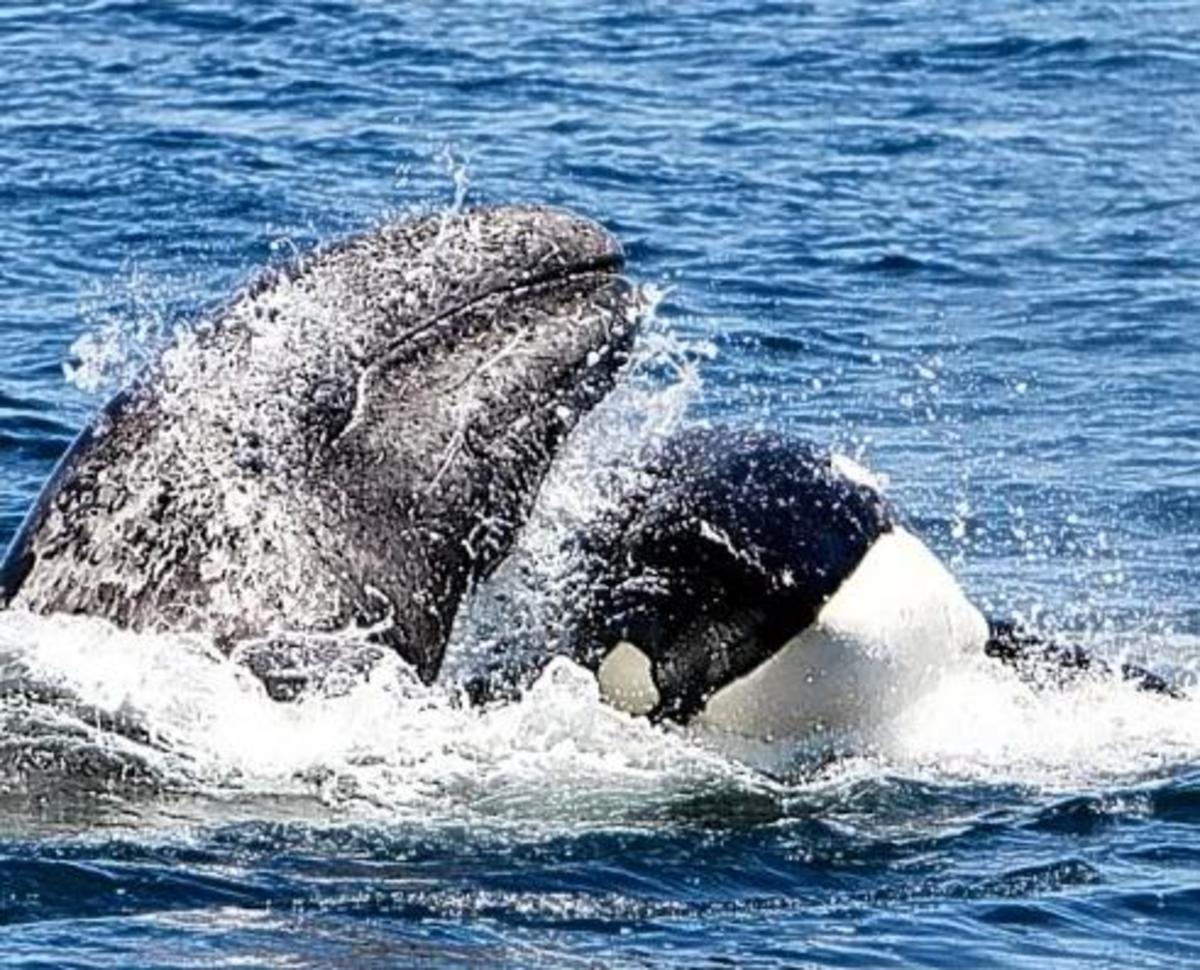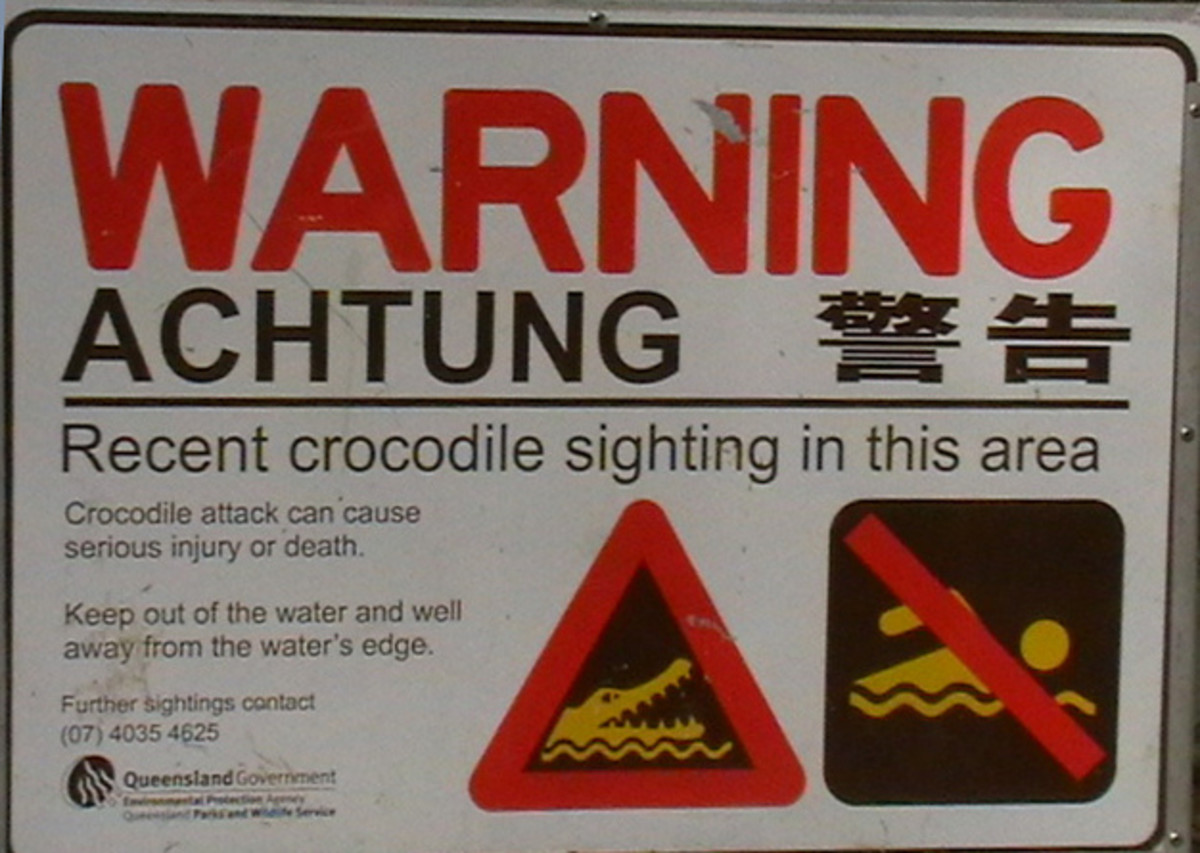- HubPages»
- Education and Science»
- Life Sciences»
- Marine Biology
Dolphins and Porpoises

Dolphins - Porpoises
This page offers a selection of information concerning marine mammals known as dolphins and porpoises.
These fascinating marine mammals are found across the planet in the open ocean, saltwater estuaries and even in freshwater rivers.
Several controversial issues affect dolphins and porpoises, including marine mammal-human interactions, captivity by humans, the killing of dolphins for food, accidental deaths and their use as service animals.

NOAA Fisheries Dolphin-Human Interaction Guidelines
NOAA Fisheries has several recommendations for dolphin-human interaction. The organization encourages mariners to observe wild dolphins from a distance.
Federal law prohibits feeding and harassing wild dolphins because these practices can cause serious harm or injury to both dolphins and people. Feeding wild dolphins makes them less wary of humans and changes their natural behaviors.
Other activities, such as deliberately pursuing wild dolphins while swimming or aboard personal watercraft, may disrupt the dolphins' natural behavior, such as feeding, resting, breeding, or calving.
NOAA makes these additional statements about dolphin s:
* Do not feed wild dolphins
* Remain a respectful distance of at least 50 yards
* Use binoculars to view dolphins in the wild
* Move watercraft in a predictable manner
* Avoid fishing in areas where dolphins are actively feeding
* Do not toss bait overboard if dolphins have been sighted nearby
* Recycle used fishing line so that marine wildlife does not become entangled
To report violations of the Marine Mammal Protection Act, such as the harassment of wild dolphins, call 1-800-853-1964.
The Marine Mammal Protection Act was passed in 1972 and prohibits, with certain exceptions, the take of marine mammals in U.S. waters or by U.S. citizens on the high seas, and the importation of marine mammals and marine mammal products into the U.S.
Saving Wild Dolphins
In the Japanese fishing village of Taiji, fishermen are rounding up and slaughtering hundreds and even thousands of dolphins right now.
After driving pods of dolphins into shallow coves, the fishermen kill the dolphins, slashing their throats with knives or stabbing them with spears.
This brutal massacre - the largest scale dolphin kill in the world - goes on for six months of every year.
Japanese fishermen kill the largest number of dolphins anywhere in the world and dolphins and porpoises face grave danger in Japan's coastal waters when the annual hunt begins.
For more information visit www.savejapandolphins.org.
U.S. Cetacean Protection
In the United States, NOAA Fisheries is responsible for preventing the harrassment, capture, or killing of whales, dolphins, porpoises, seals, and sea lions.
In some cases, NOAA Fisheries allows for the the capture or killing of cetaceans or pinnipeds. Examples can include instances of scientific research, unintended interactions with commercial fisheries, subsistence and traditional uses by Alaska natives, and public display at some aquaria.
Dolphins in Captivity
"People go to Sea World, and say, 'Wow, I can do that.' There are dolphins all over the Caribbean and Mexico - the whole area is like a dolphin theme park with deplorable conditions. When I see them there, I feel directly responsible. I know the TV series helped to contribute to this mess. There are $2 billion in profits that come from the captive dolphins.'' . ....... Ric O'Barry, original "Flipper" trainer and leader of the Save Japan Dolphins Coalition
Marine Mammal Tracking - Tagging Technology
NOAA has announced that data from electronic tags attached to marine animals will be incorporated into the U.S. Integrated Ocean Observing System (IOOS®), a NOAA-led national partnership committed to enhance our ability to collect, deliver, and use ocean information.
The data will help scientists better understand how marine animals move with the flow of tides and currents and provide insight into how they may alter their behavior or migration patterns in response to climate change.
"The vastness of the ocean limits our ability to observe," said Barbara Block, Prothro professor of marine sciences at Stanford University. "This technology is leading to profound advancements in our understanding of these animals and how they interact with the ocean. This knowledge translates to a better understanding of our planet and emerging issues on climate change."
Scientists began widely using marine animal tagging technology in the 1990's sea turtles, seals, whales, salmon, and other sea life. Sensors sometimes track wildlife over long distances for multiple years, collecting valuable data for researchers.
source: NOAA







